06.21.13
“When Earth forgets that man was born,
Monadnoc still shall hail the morn,
His aged crags not yet outworn.”
– J.E. Nesmith, Monadnoc, 1888.
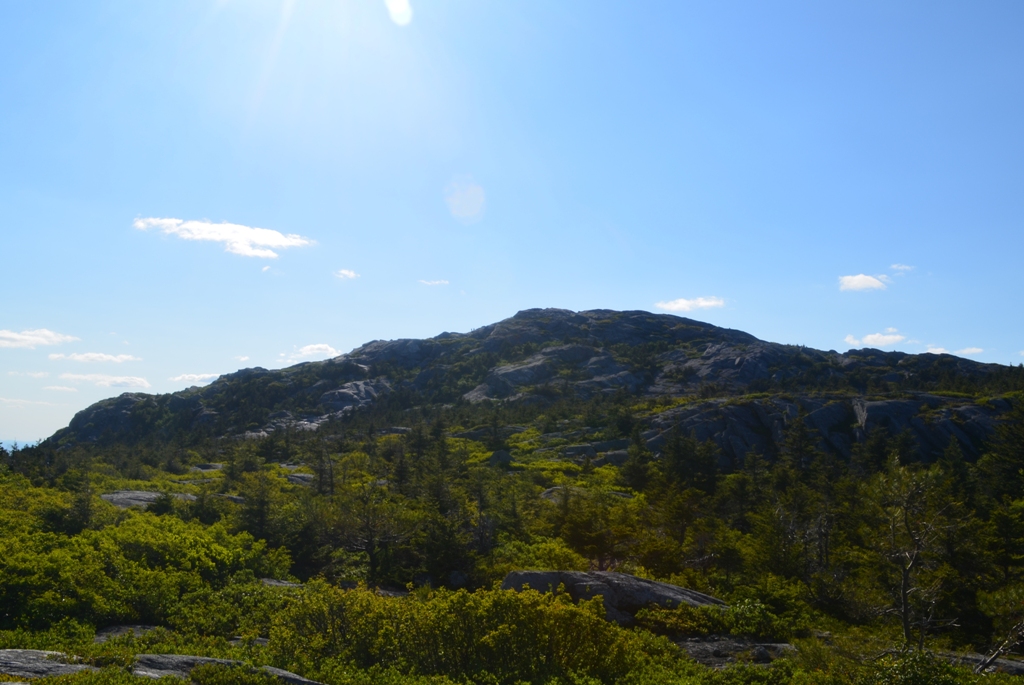
For the most part, it appears as if Monadnock’s recent “Rainy Season” may be past, although the upcoming forecast is not exactly 100% clear of precipitation.

Monadnock’s paths are mostly dry, although some lingering wet areas and mud remain in select sections of the trails. Hikers will need to continue to hike through the middle of any remaining mud or puddles and not hike around the sides of those areas. Hiking on the edges of trails is detrimental to the mountain’s health and only results in trampled vegetation, loosened soil, and widened trails.
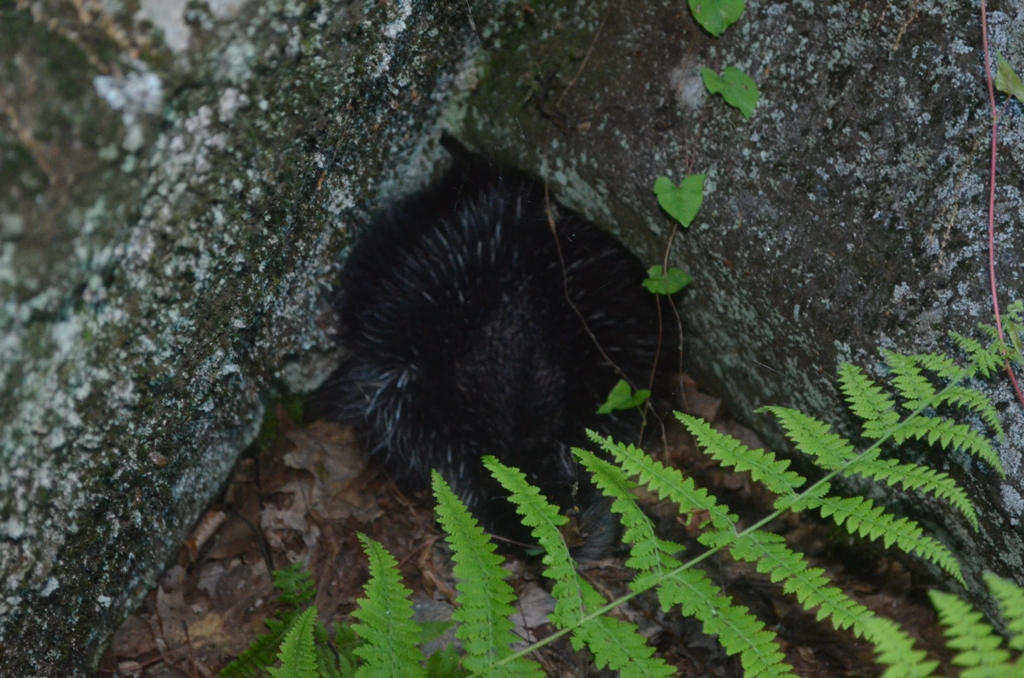
Temperatures in the Monadnock Region could climb into the low 80’s over the next few days and there is a chance of showers and thunderstorms through the weekend. These storms could be quick builders and movers, so a sunny afternoon could take a 180 degree turn for the worse before you know it. Spare ponchos in the backpacks and a keen awareness of atmospheric conditions during your hike is recommended. Bail out and head down the mountain safely and cautiously if signs of thunder activity begin. Monadnock Mountain Patrollers will close access to the summit if conditions begin to deteriorate.

Higher temperatures and humidity will be a factor through the weekend and into next week, so hikers will also need to make sure they are packing plenty of food and water for everyone; 2 liters per person, at least, is the recommended amount. Sunscreen and bug spray should also be in your pack.
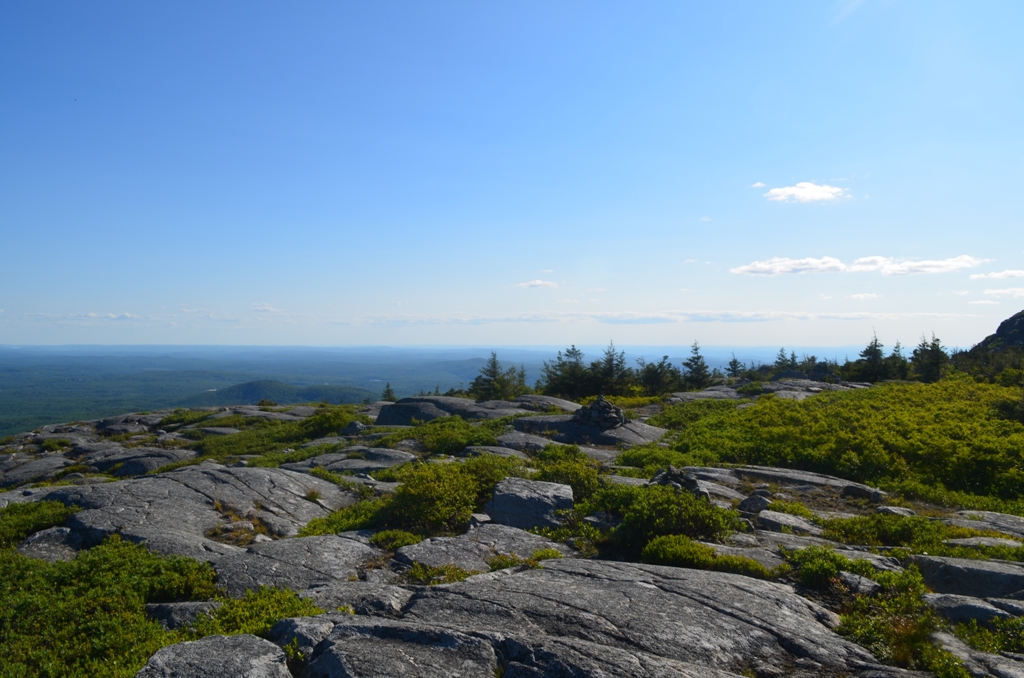
School is out, summer is here (officially…Happy Solstice!), and the mountain is calling. Hopefully, we will see you on the trails soon!

“Calling All Volunteers!”
July is right around the corner and with it, comes the new summer week of giving back to our beloved mountain.
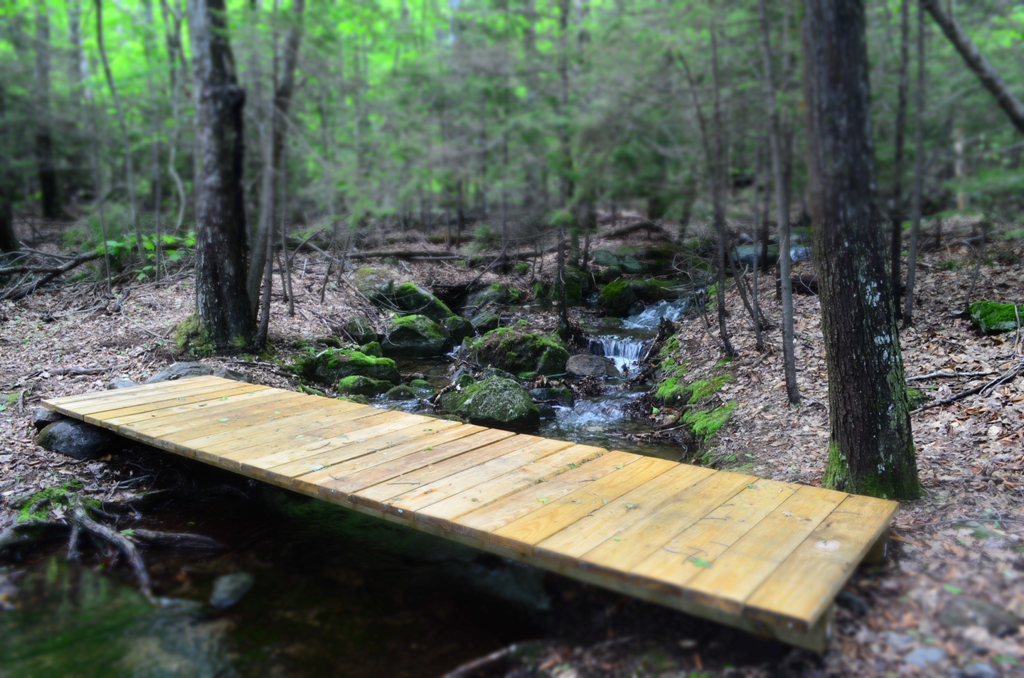
New Hampshire State Parks, partnering with our good friends at the Society For The Protection of New Hampshire Forests, will be hosting the annual volunteer work blitz of the trails at Monadnock State Park. Monadnock Trails Week 2013 will be held this year from July 12 through the 16th.
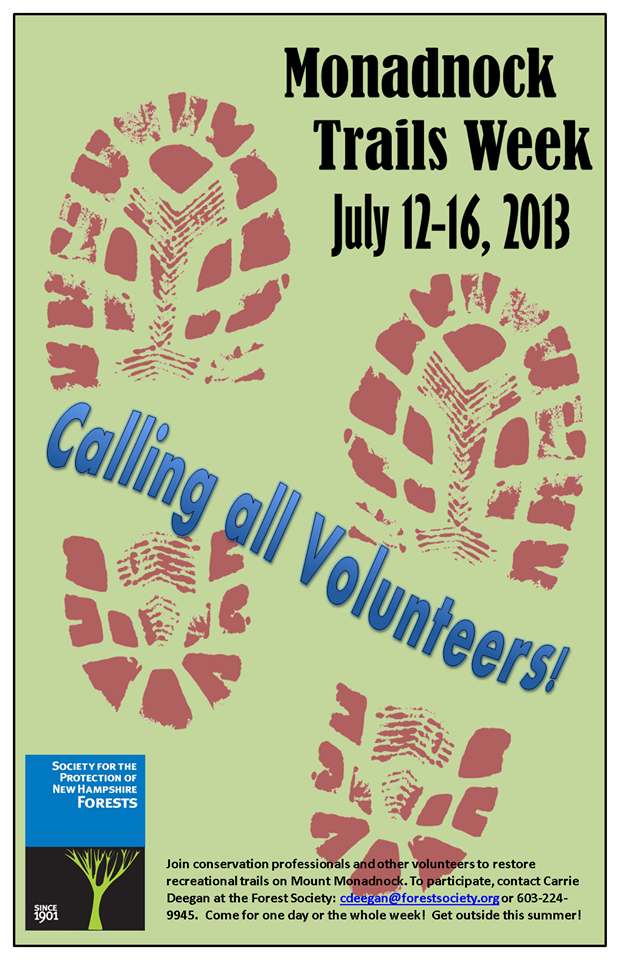
Anyone wishing to volunteer can do so for as many days as they would like, whether it be for one day or all five! Sign up with Carrie Deegan (cdeegan@forestsociety.org) at SPNHF let us know if you have any questions.
Rise Above
Unobstructed views reaching over 100 miles on the clearest of days has called to generations of Monadnock climbers for nearly 300 years. Evidence of human activity, compared to other mountains, is minimal. The unnaturally bare summit is not likely to be caused by the actions of people, but you can still find markers left behind by Geodetic Survey Teams and, of course, historic engravings of names and initials chiseled by “defacers of mountains” or “false pretenders to fame”, as Thoreau called them.
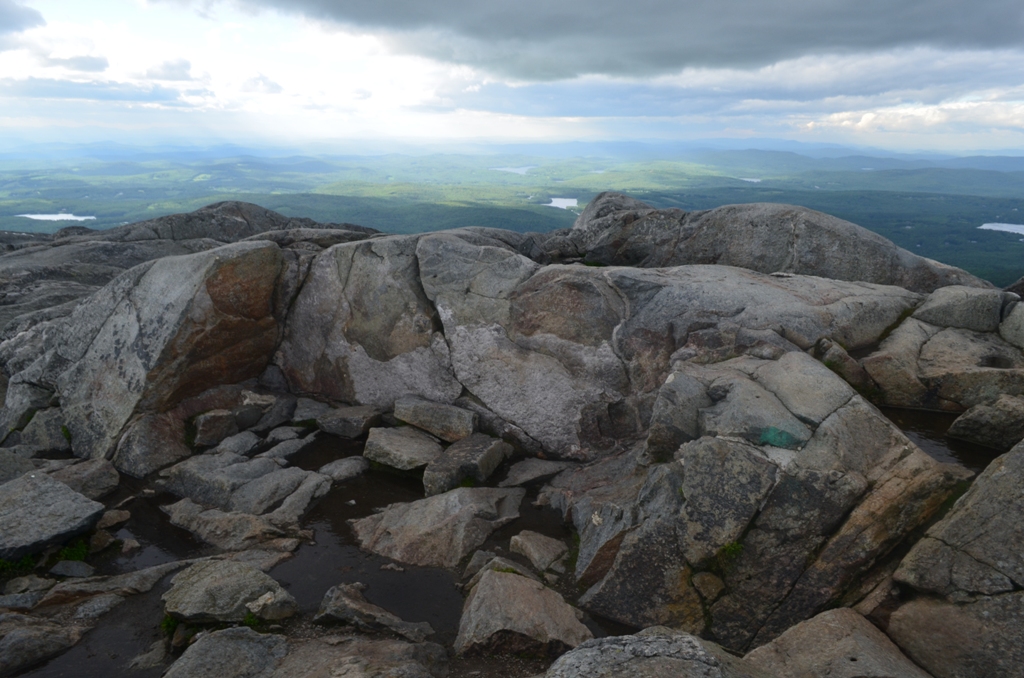
But, for 60 years, two different manmade structures stood atop the storied highest peak in southern New Hampshire.
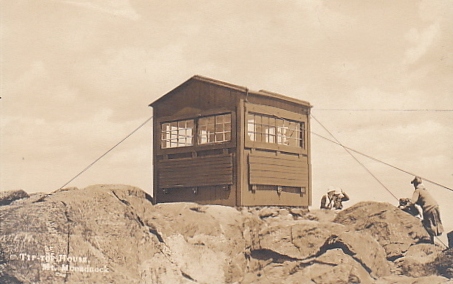
The State of New Hampshire, having only acquired its first parcels of land on Mount Monadnock seven years earlier, hired a State Fire Warden to construct and man a fire lookout shelter on the summit of the mountain in 1912. This tiny building, also known as the “Pill Box”, provided housing for the first fire watchman on Monadnock, William Falconer. Falcon Spring on the White Dot Trail is named for him as Falconer resided during the summer months in a cabin nearby, hiking to the summit and his post each day.
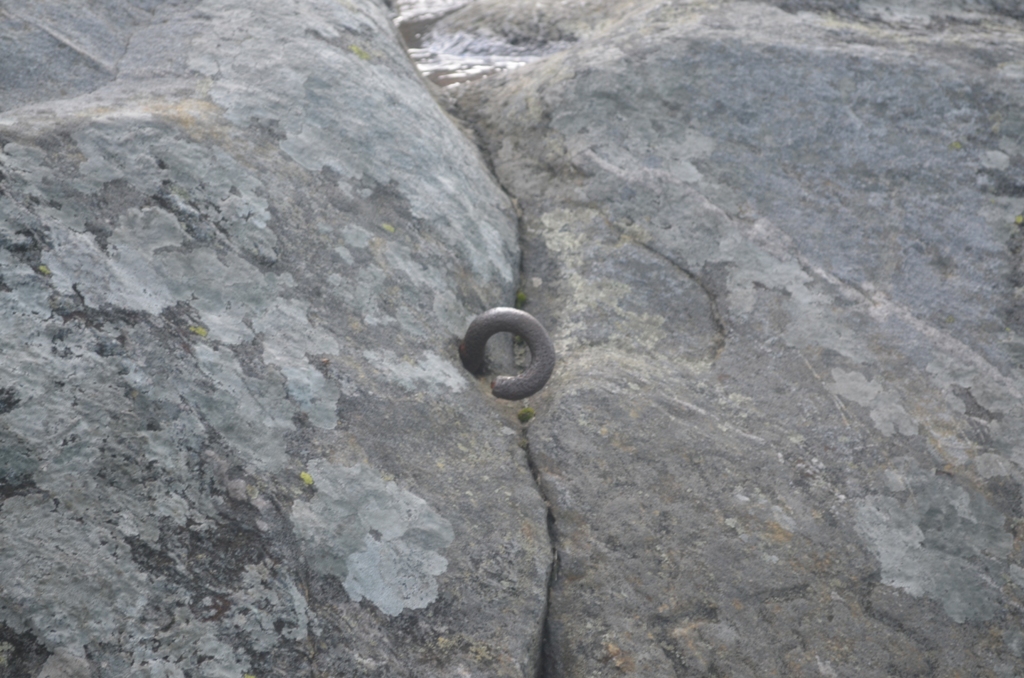
It was only about 6 feet by 6 feet around and had shutters that swung up to protect the windows. Aside from their area fire watch duties, the fire watchman also served as a guide, answering questions from visitors, providing minor first aid, and enforcing rules. They offered visitors a chance to view the area through their telescope and hikers signed in a guest book, as many as 8,000 signatures each year.
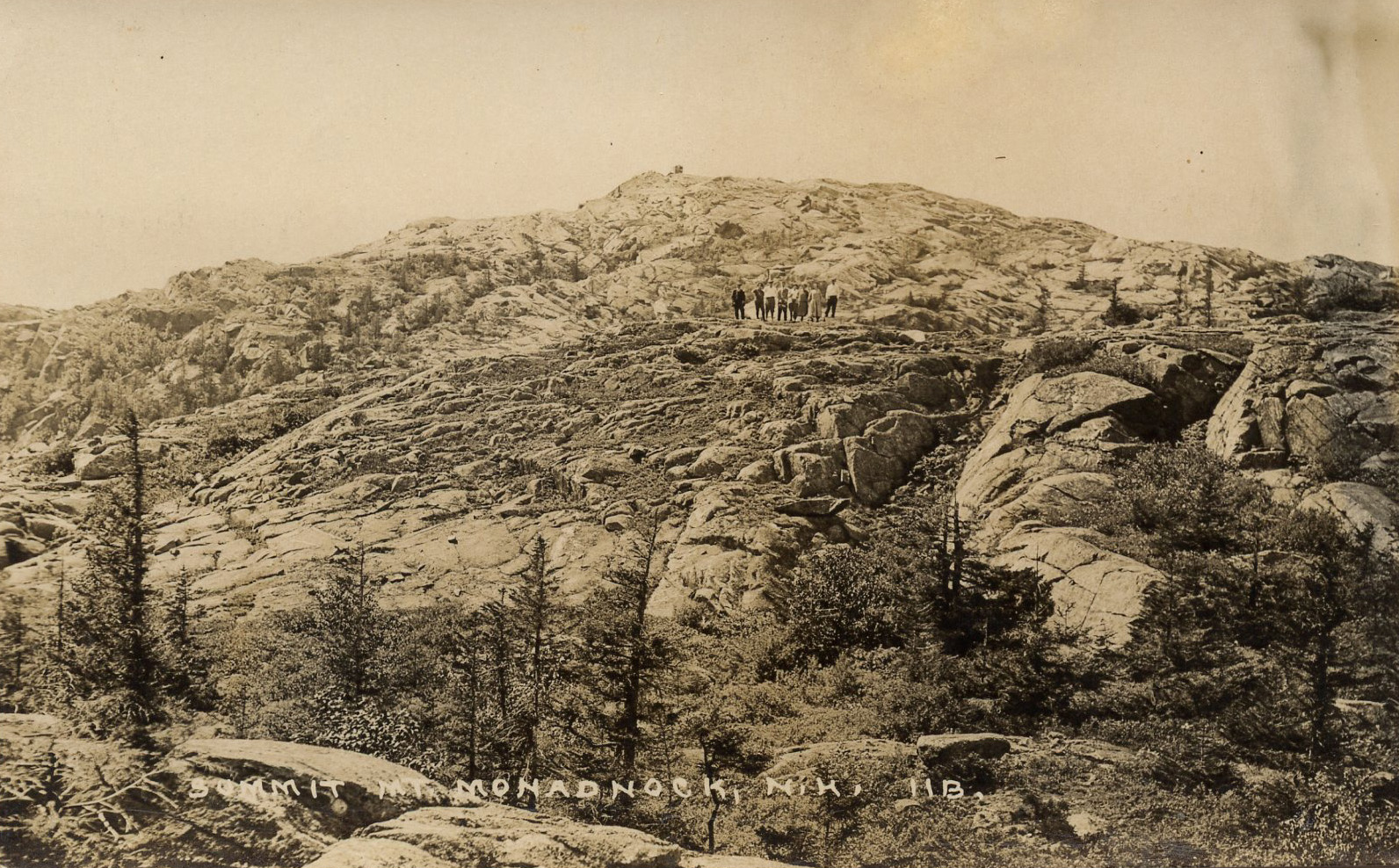
The second summit watchman was E.J. Halring. Harling lived at neighboring Thorndike Pond and blazed the present day Harling Trail in the 1920’s to make it easier for him to hike to the summit each day.
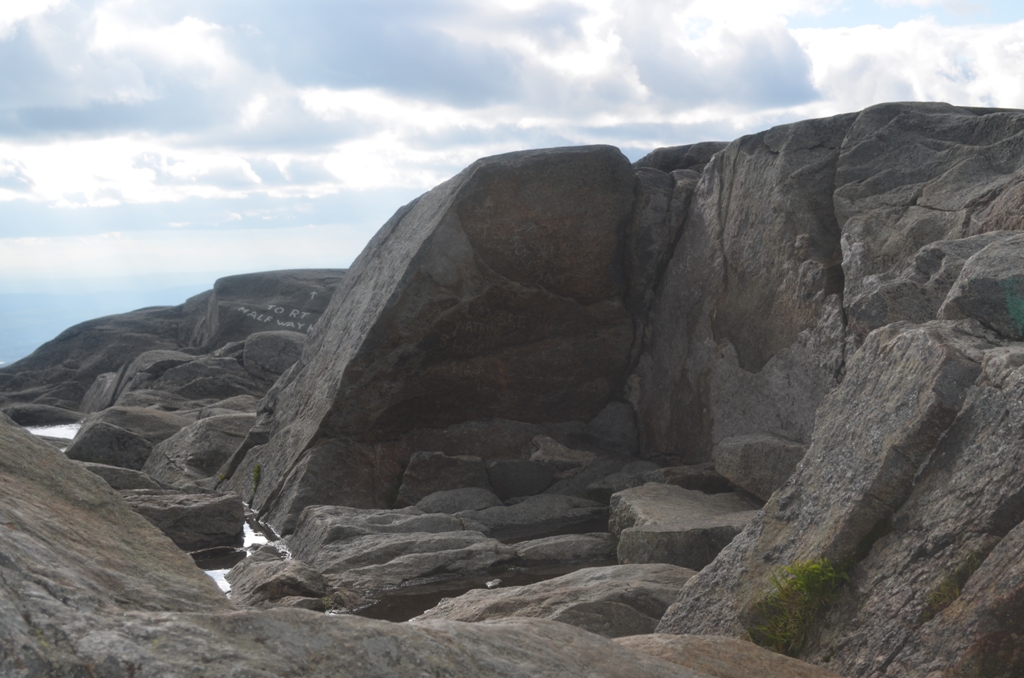
In 1928, the State replaced the Pill Box with a new, larger structure. The previously installed phone line running from the Half Way House Hotel was hooked into the new building and an already carved out area of the summit, known as “The Cellar”, was used to house the new building.
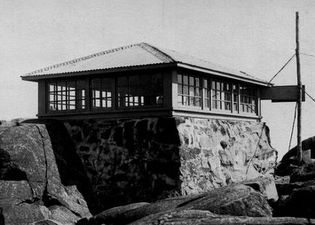
The Pill Box was moved down onto the Pumpelly Trail where it served as a rain shelter until it eventually burned. Monadnock firewatchman Henry J. Oliver, who served three years on Monadnock’s summit, provided an interview to the Boston Globe in 1927 and gave interesting insight to the experience of staying on the summit. Much of this can be read in Crag Brandon’s solid 2007 historical book, “Monadnock- More Than A Mountain“. In the interview with the Globe, Oliver discussed the roller coaster of emotions of being the sole staffer at the top. Oliver experienced throngs of hikers at busiest times of the year, days on end with no human contact, watching over 21 fire districts at once, caring for lost or injured hikers, and the terrfying experience of surviving thunderstorms at the top.
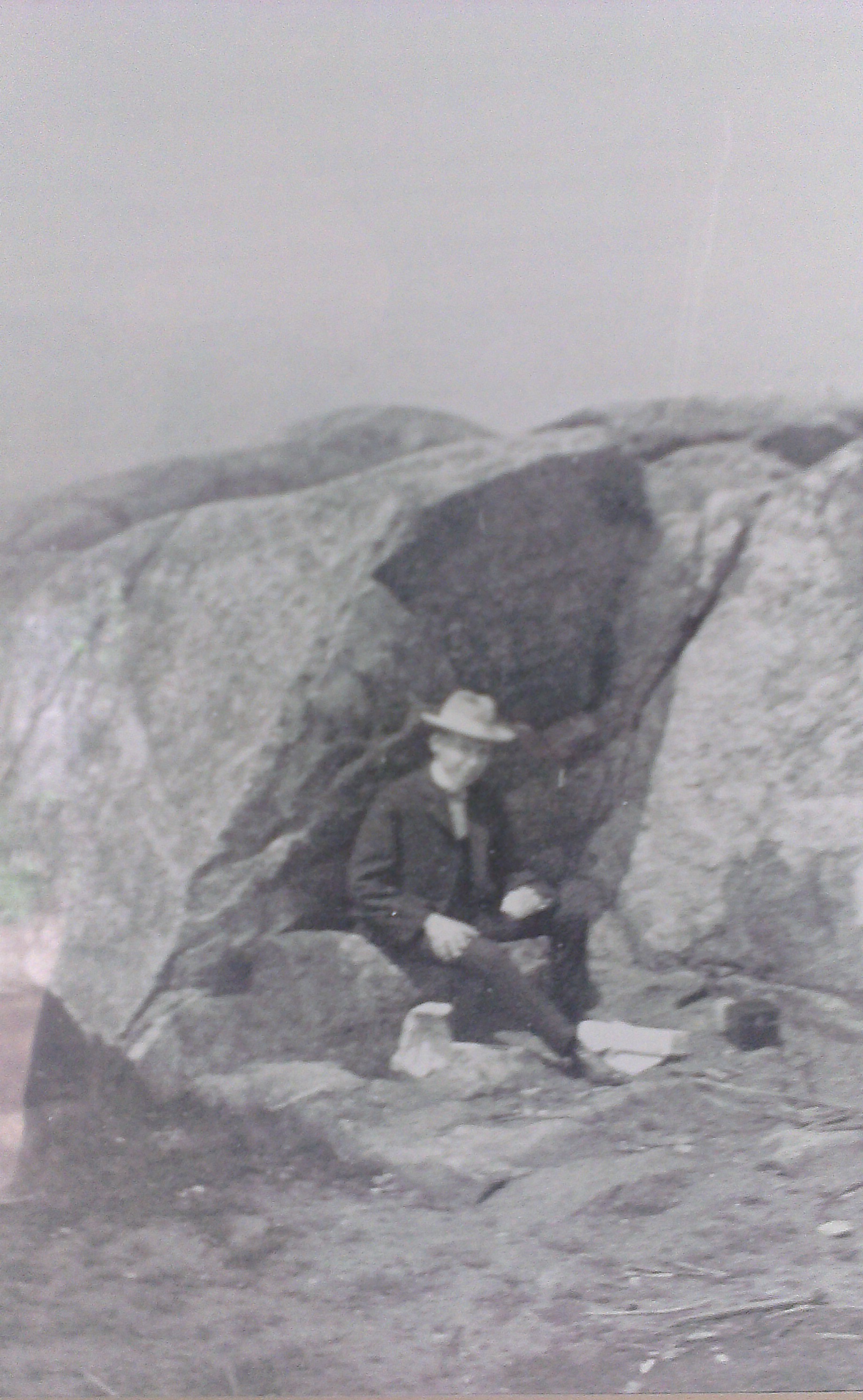
By 1948, the State decided a firewatch was no longer needed and that aircraft could spot fires more effectively. So, the building at the summit was converted into a refreshment stand and park staff sold candy bars, post cards, and Kool-Aid for 50 cents a cup.
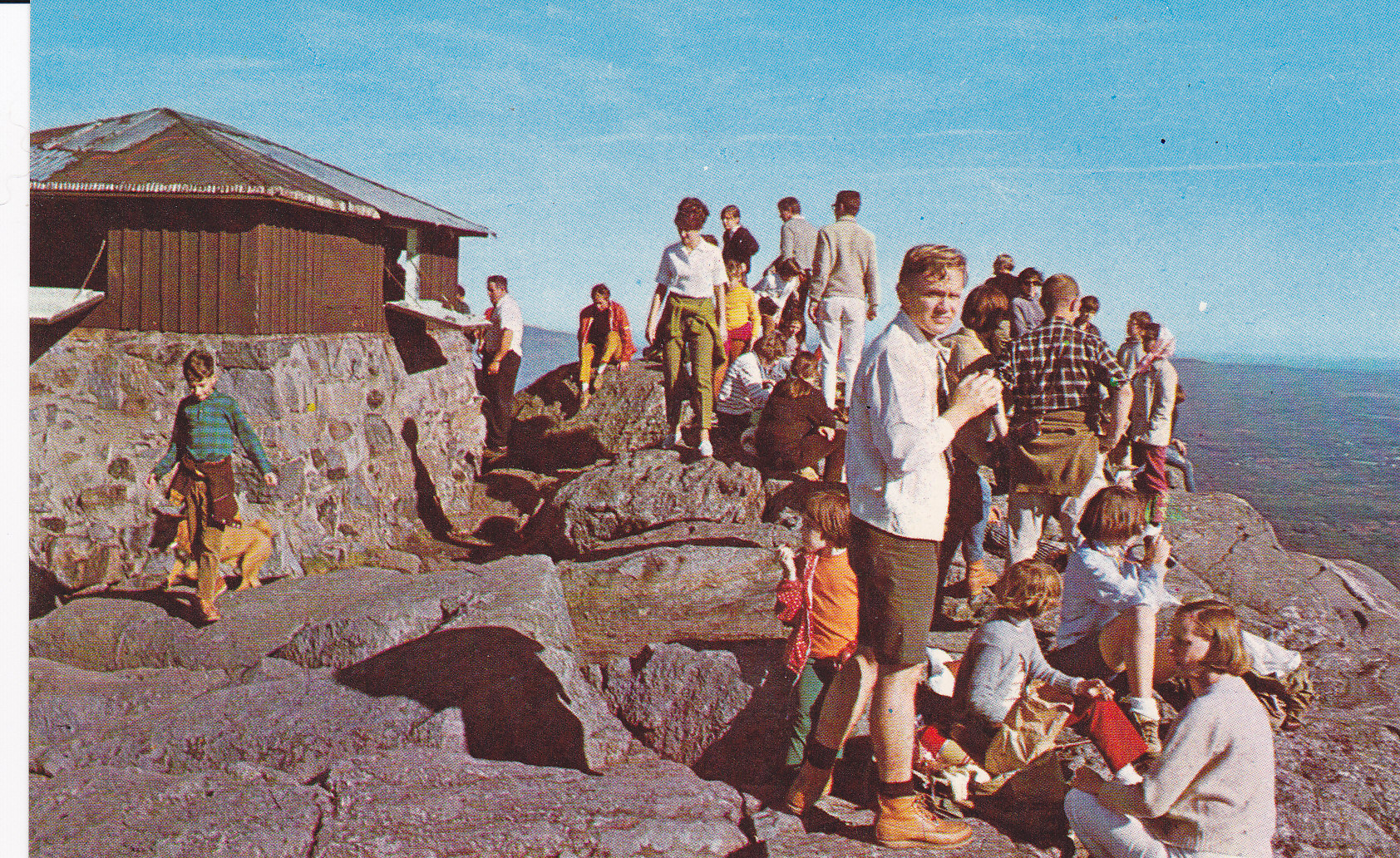
By 1969, after 20 years of providing refreshments, it was determined that the stand sourced too much garbage. Monadnock was starting to be referred to as “America’s Tallest Trashcan” in the 1960’s and after the stand closed, an immediate impact was seen as trash problem began to lessen instantly.

When Ben Haubrich took over park management duties in 1972, one of the first things he did was arrange for the removal of the summit building. After a few years of disuse, the building had become vandalized, deteriorated, and collected garbage, rats, and human waste. The wood from the building was burned, the stone walls were broken apart, and the rest of the materials were carried down the mountain, ending a 60 year era on the top of Monadnock.
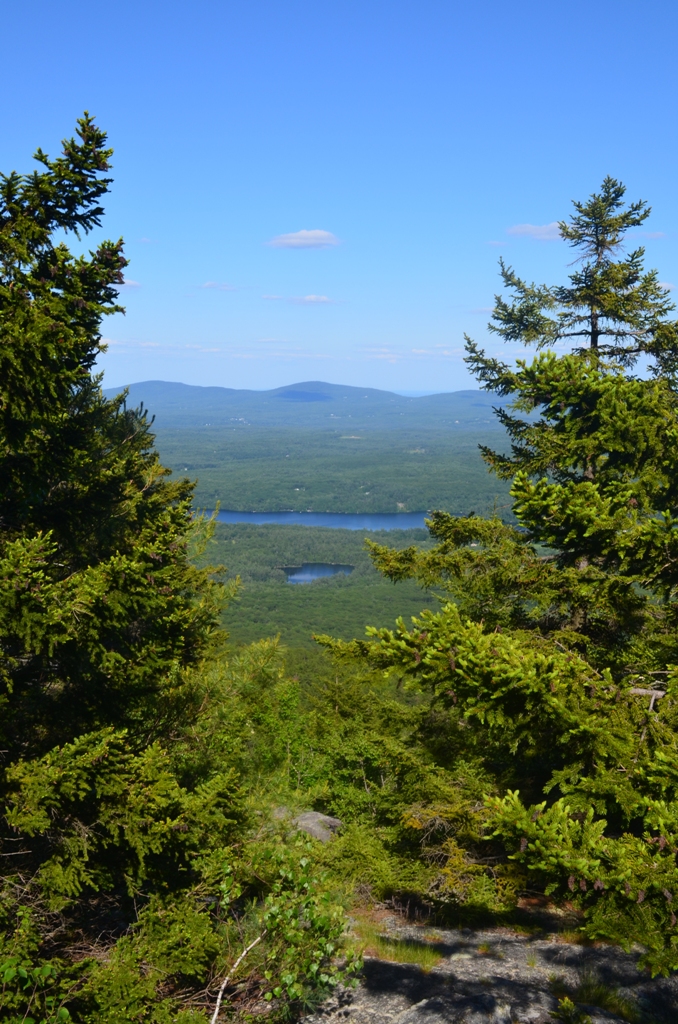
Enjoy the week and thanks for reading!
